皮特-蒙德里安(PIET MONDRIAN)(1872-1944
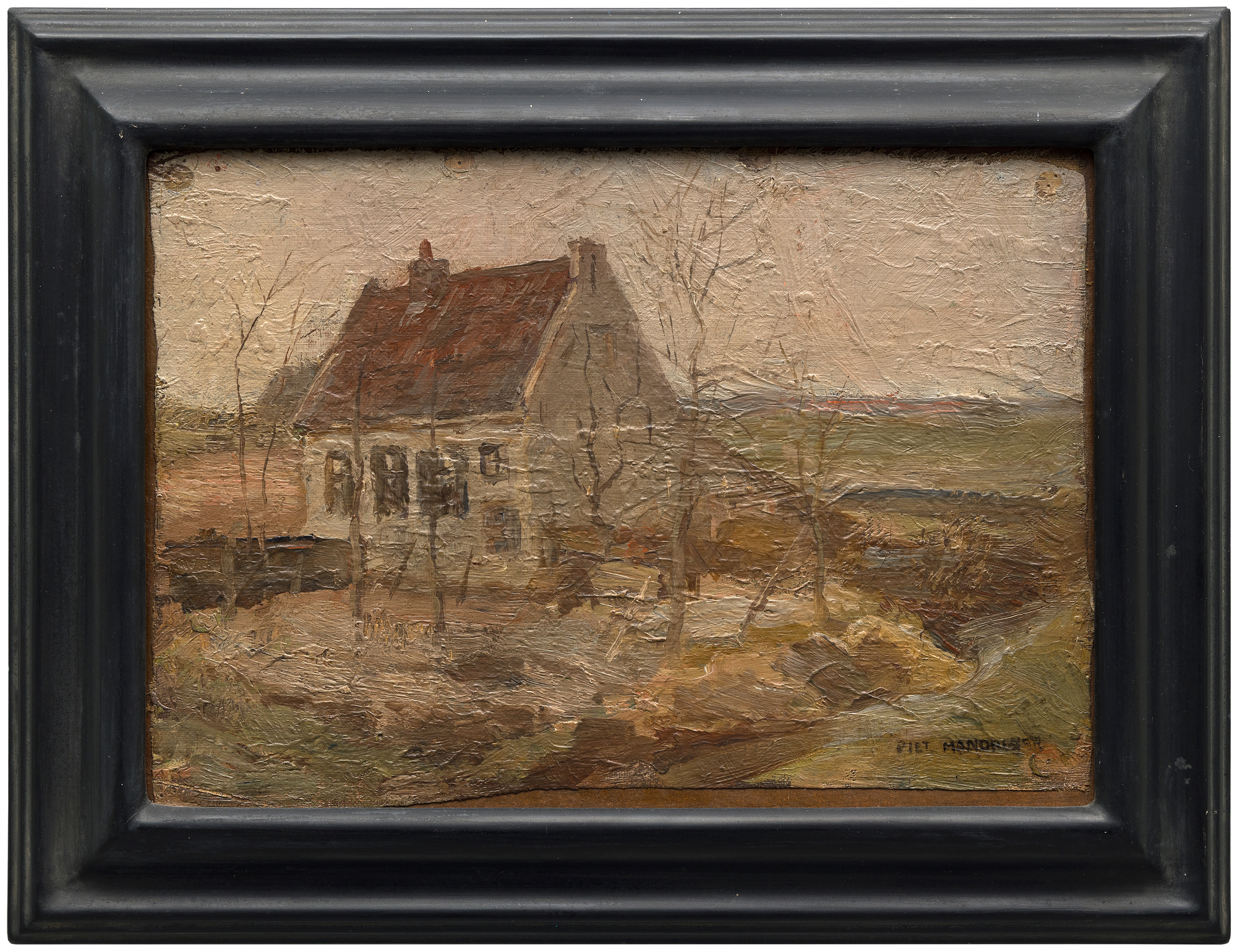
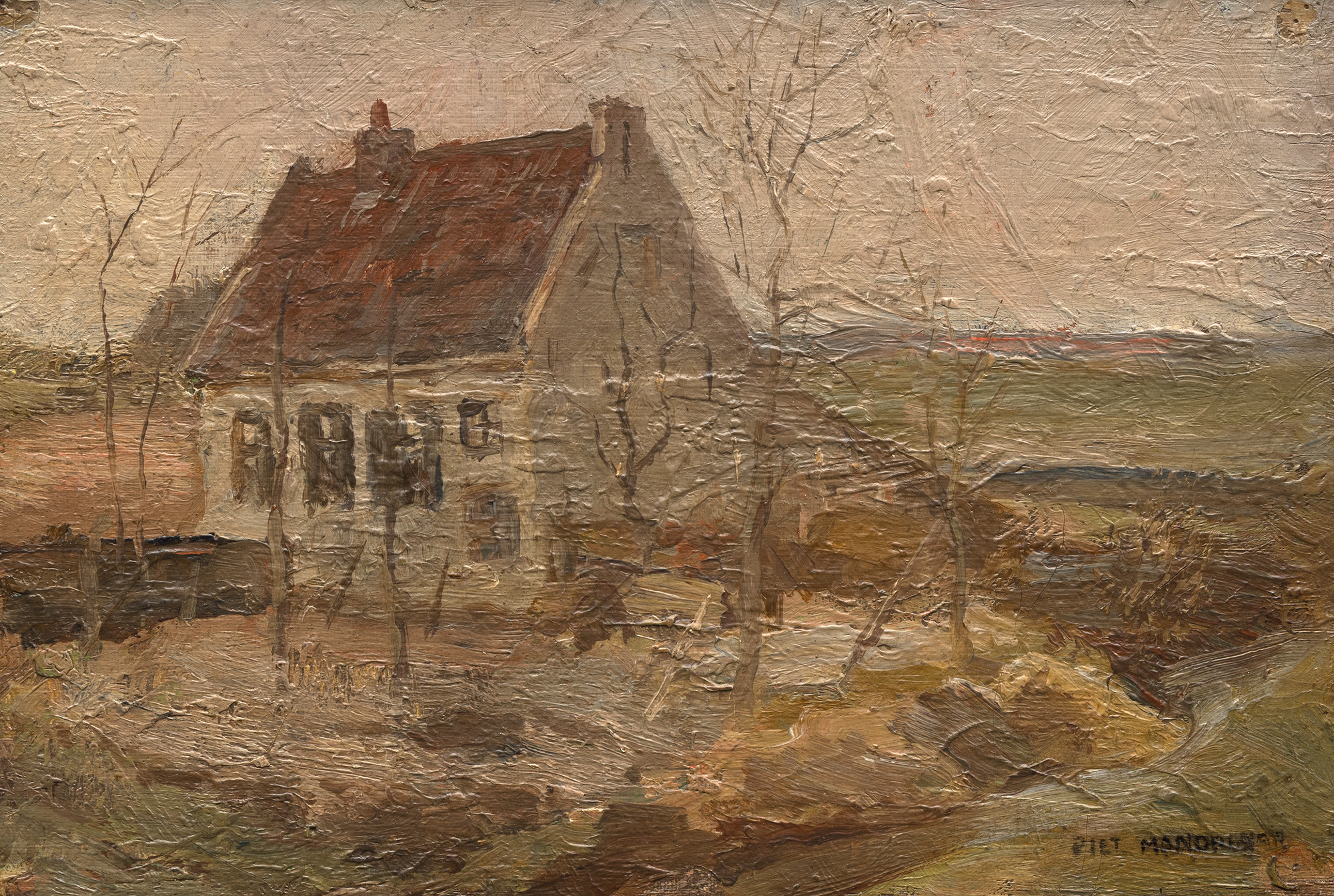
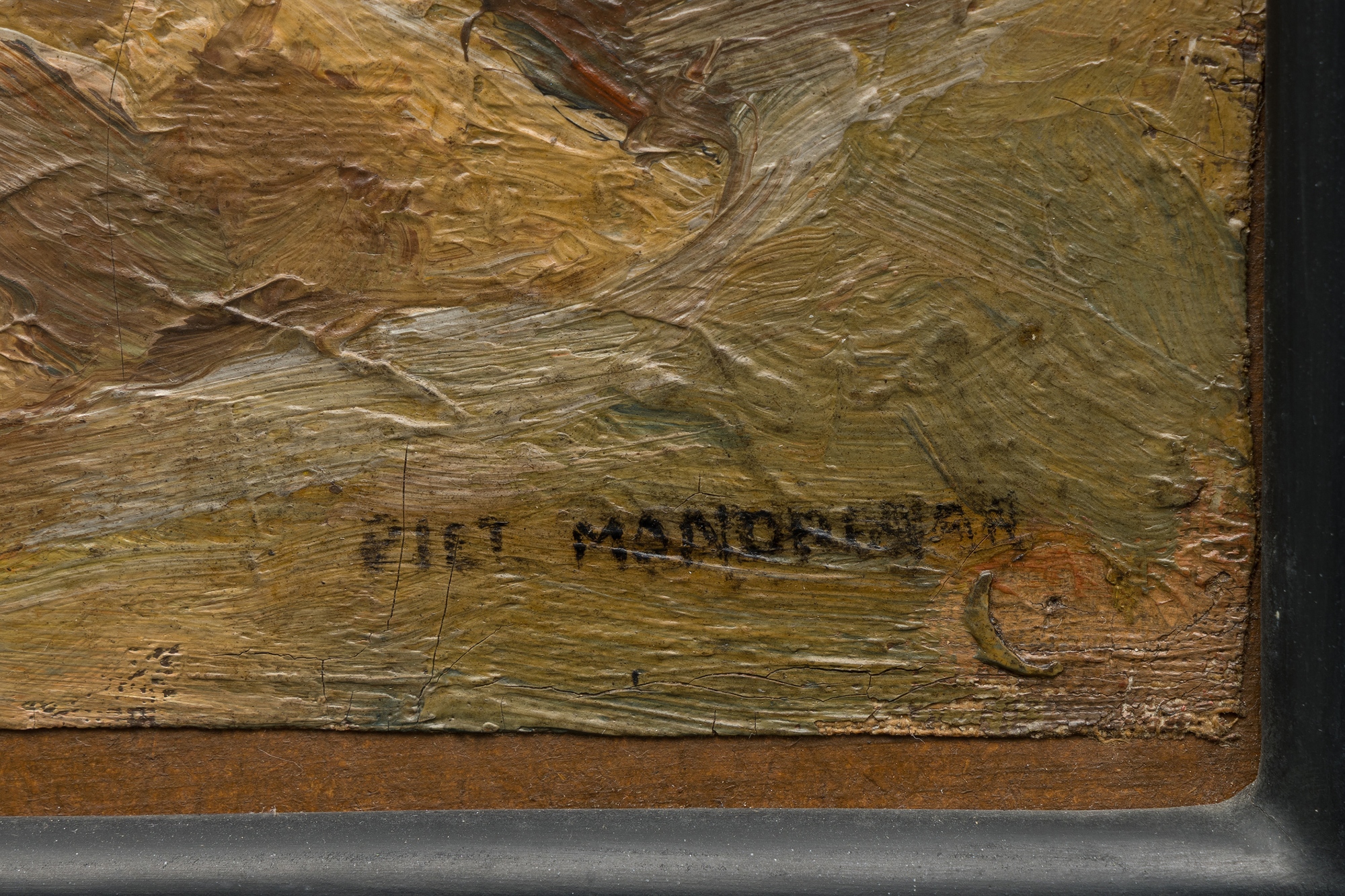

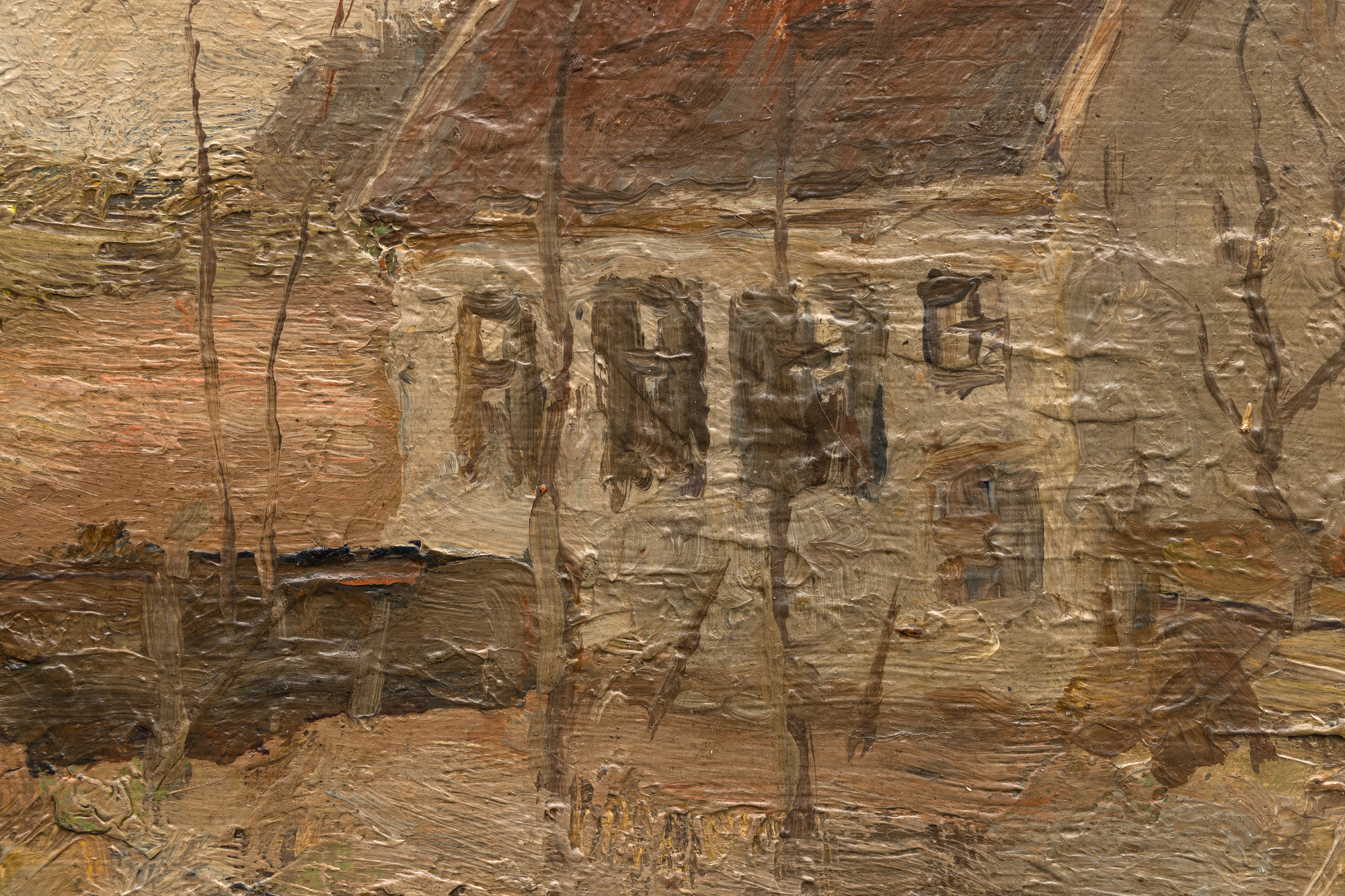
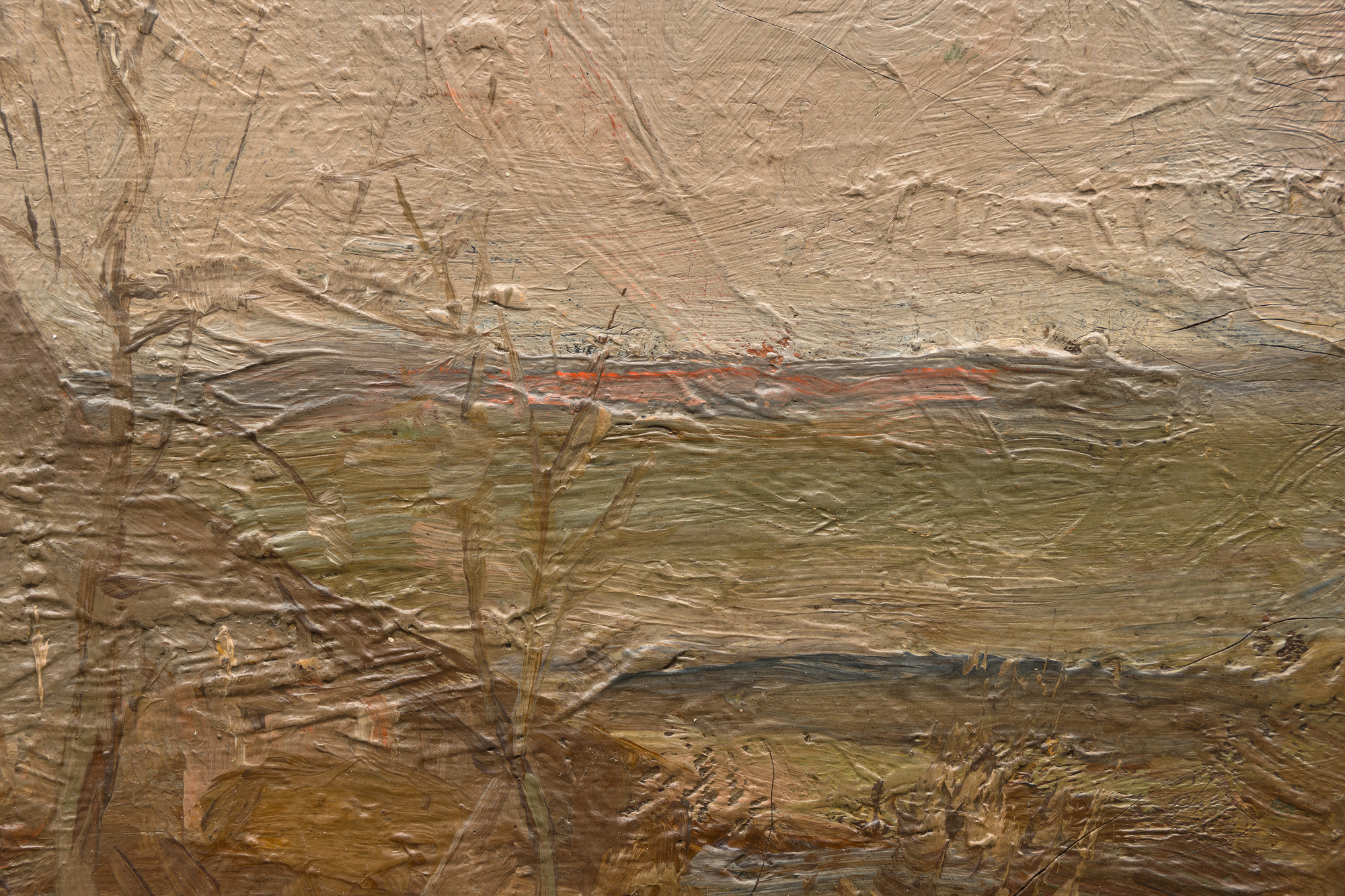



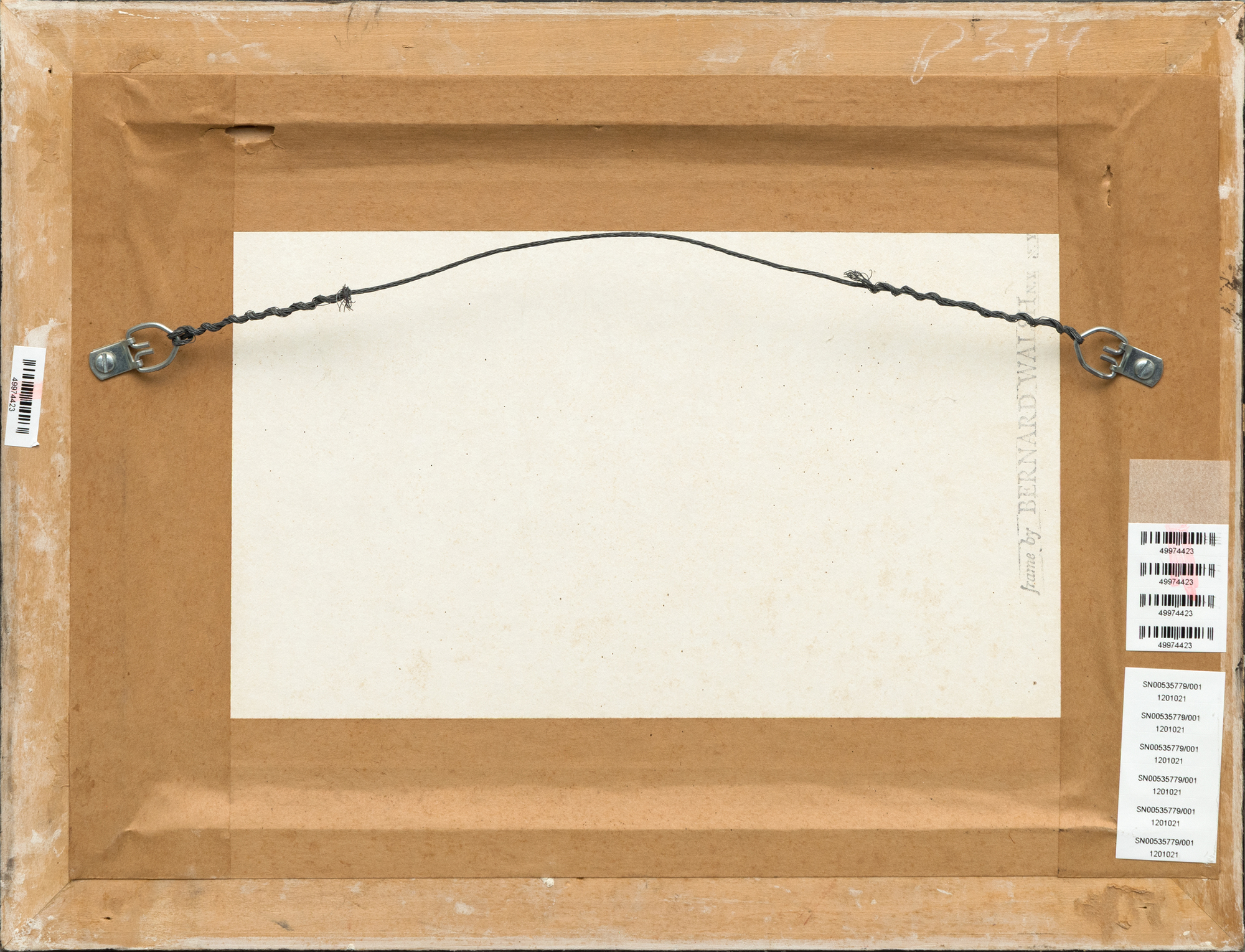
种源
荷兰庄园,1982 年凯瑟琳和尼古拉斯-福克斯-韦伯收藏
展会信息
伦敦,大卫-兹维尔纳,皮特-蒙德里安:绘画 1900-1905,2015 年 11 月 26 日至 2016 年 1 月 23 日文学
罗伯特-威尔士,皮特-蒙德里安:自然主义作品目录》,纽约,2018 年,编号A161卡斯滕-舒伯特:《早期蒙德里安》:绘画 1900-1905》,伦敦,2022 年
120,000
在蒙德里安转向创作海岸风光、船只和花卉题材之前,这一时期的作品突出了他对风景的偏爱,这一主题在他后来的抽象作品中巧妙地延续了下来,尤其是那些受纽约市网格状布局启发的作品,如《百老汇布吉沃基》(1942-43 年)和《纽约市 I》(1942 年)。早期的风景画价格较为亲民,但却具有重要的学术价值,因此吸引了博物馆和精明、有想法的收藏家。同类作品收藏于大都会艺术博物馆、克利夫兰艺术博物馆和芝加哥艺术学院。 这幅作品是蒙德里安不断发展的天才以及风景画在其作品中的基础性作用的罕见证明。这幅画最近的主人是尼古拉斯-福克斯-韦伯(Nicholas Fox Weber),他是杰出的艺术史学家、学者和约瑟夫-阿尔伯斯基金会(Josef Albers Foundation)主席。


